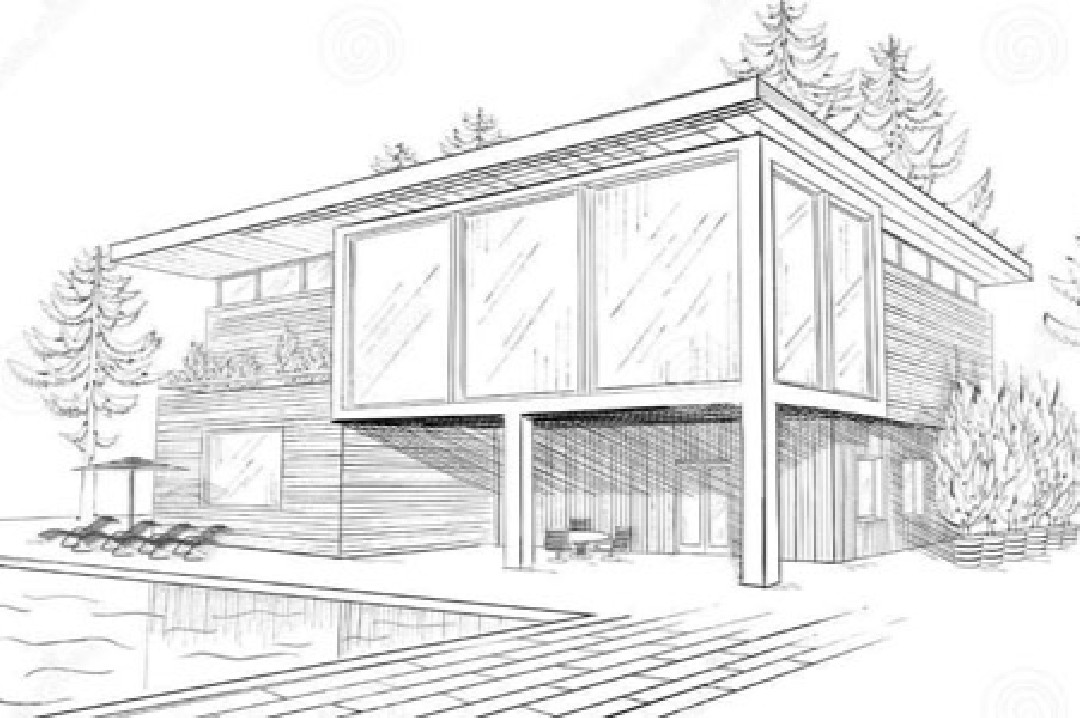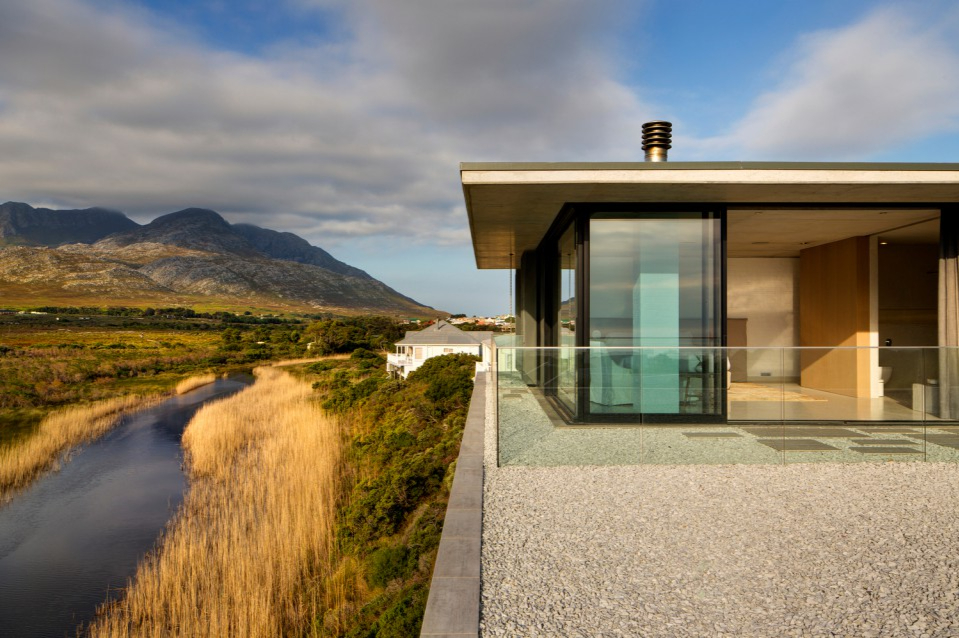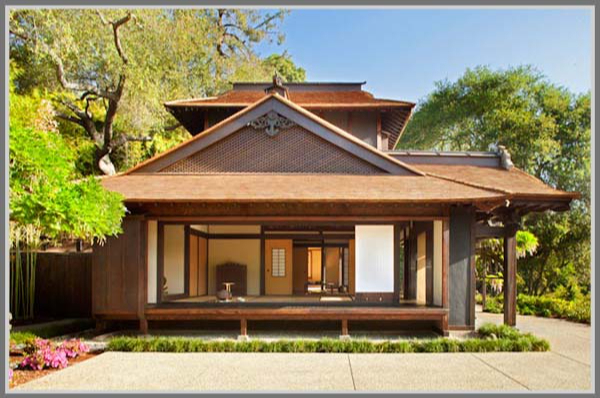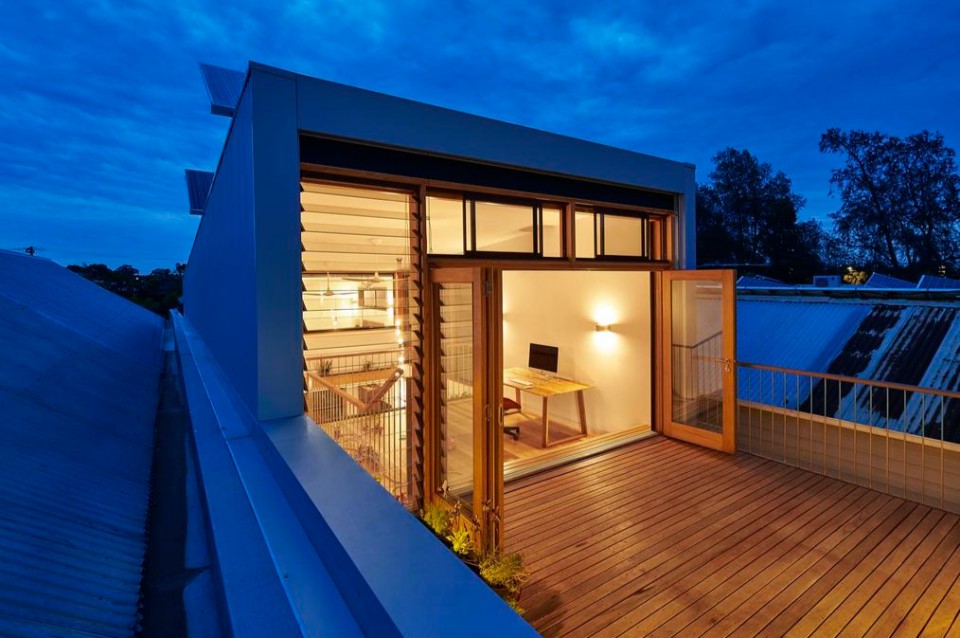Differences Between Classical and Modern Architectural Designs That You Should Know

In the world of architecture, there are various unique and characterful styles, but the most interesting are classical and modern architecture. These two styles reflect different philosophies and perspectives on the art of building. Classical architecture is known for its grandeur and intricate ornamental details, while modern architecture emphasizes simplicity and functionality with a clean and minimalist appearance.
Understanding the differences between classical and modern architectural designs not only provides insight into their visual aesthetics but also into how they reflect the cultural and technological developments of their time. This article will delve deeper into the key differences between these two styles, from the materials used, the form and function of the space, to how they adapt to human and environmental needs.
1. Style and Form

Classical Architecture: Emphasizes decorative details and intricate elements. Characteristics include large columns, arches, ornaments, and elaborate facades. The inspiration for classical architecture comes from ancient Greece and Rome.

Modern Architecture: Focuses on simplicity and practicality with minimalist and clean designs. Shapes tend to be symmetrical and lines are straighter. Modern architecture often uses simple geometric shapes such as cubes and blocks.
2. Building Materials

- Classical Architecture: Using natural materials such as stone, marble, and wood. These materials provide a luxurious and durable appearance, creating a sense of luxury and strength.
- Modern Architecture: Tends to utilize industrial materials such as concrete, steel, glass, and metal. The choice of these materials aims to create structures that are efficient, functional, and can be built at a lower cost.
3. Function and Use of Rooms

- Classical Architecture: Often has rigid spatial divisions with formal designs. Each space has a specific function, such as a living room, dining room, or library.
- Modern Architecture: Emphasizes the flexibility of space. The design prioritizes function with an open space concept that allows for optimal air and light flow.
4. Aesthetics and Decoration

- Classical Architecture: Filled with ornaments, statues, and reliefs. This style often uses symmetrical patterns and intricate decorative details, giving an elegant and grand impression.
- Modern Architecture: Avoids excessive decoration. Focuses on a minimalist and simple look, with the use of neutral colors and subtle patterns. Its beauty is created from the simplicity and cleanliness of the design.
5. Environmental Impact and Energy Efficiency

- Classical Architecture: Built with aesthetics and symbolism in mind more than energy efficiency, while still using durable natural materials.
- Modern Architecture: More environmentally friendly, with designs that support energy efficiency. Large windows, green technology, and the use of solar panels are typical.
6. Social and Cultural Influences

- Classical Architecture: Depicts power and luxury. Classical buildings are often historical and cultural icons.
- Modern Architecture: Tends to reflect the values of freedom and functionality that are in line with today's technological developments and urban lifestyles.
...
Overall, classical and modern architecture have their own uniqueness and appeal that reflects the culture, needs, and technology of their time. Classical architecture with intricate and magnificent ornamental details creates an elegant and traditional atmosphere, while simpler and more functional modern architecture offers a minimalist impression that suits today's lifestyle.
Choosing between classical and modern architecture depends on personal preference, functional needs, and the environmental conditions where the building is built. Both classical and modern, these two styles have aesthetic values and characteristics that can enrich the experience of space and strengthen the identity of the building. With a deeper understanding of the differences between the two, you can determine the most appropriate style to create a residence or building that is not only beautiful, but also efficient and comfortable.








